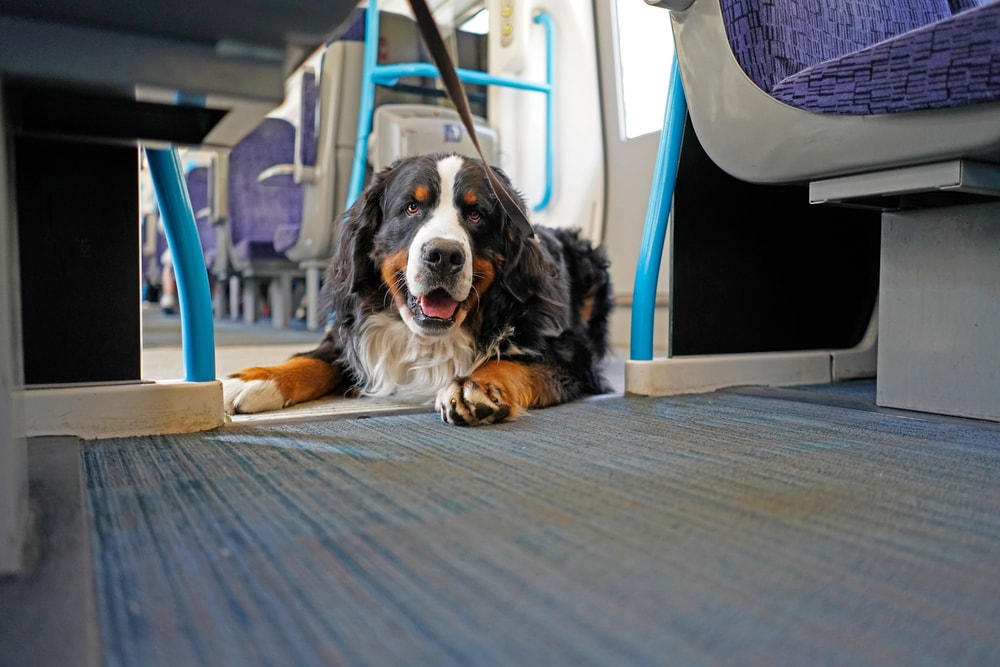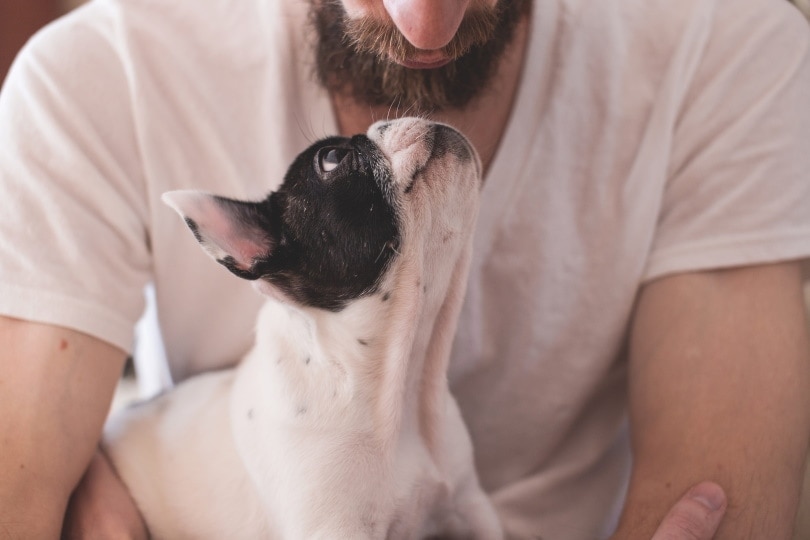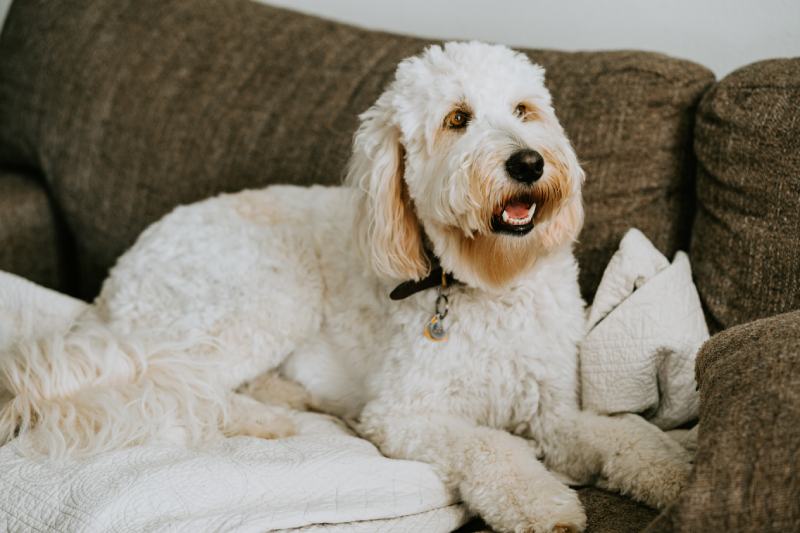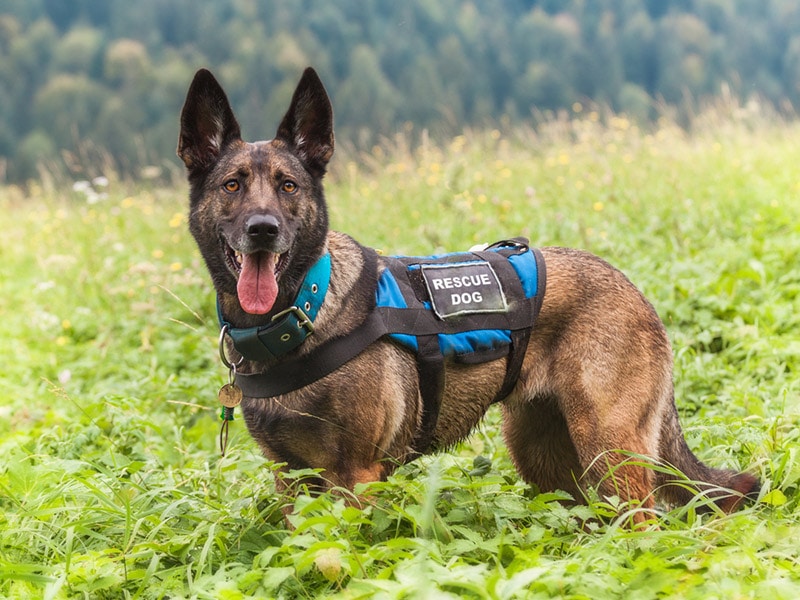How to Travel on Public Transport With Your Dog (10 Tips for Commuting)
By Ashley Bates
Updated on

Taking a dog along on your travels can be fun for you—and a world of adventure for your pup. It will be up to you to ensure that while you’re out, everything goes as it should. So, when using public transport, there are several factors to remember.
You must keep your dog safe and protected while being courteous to others. You have likely already thought of a few tips on this list, but allow us to fill in the blanks. Here are 10 tips for commuting to make this a seamless experience for both you and your pets.
The 10 Helpful Tips for Traveling on Public Transport With Your Dog
1. Do Your Research
Not all public transport systems allow pets. Before you ever take your dog on any commute, ensure all avenues to get there are completely pet-friendly. If you have any policy questions, don’t wait to ask when you arrive on the scene, as doing so could delay your travels.
Instead, visit websites, make phone calls, or brush up on online reading. You can understand the exact requirements and potential fees or rules associated with each transport system in your area.
2. Follow All Rules
For every different avenue of travel, there will be an individual set of rules for pet owners to follow. There will be a few no-brainer basic manners you should follow, but there might also be critical requirements. Always make sure to brush up on the exact rules necessary to travel safely with your pet.
For example, some companies may want dogs muzzled, leashed, vaccinated, under a specific weight limit, and so on. Others may exclude certain breeds that have an inclination toward aggression.
Any rules can be listed on websites, and if you have any additional questions, numbers or email addresses are often easily accessible to clear up confusion.
3. Use a Carrier or Backpack If You Can

If your dog is small enough, using a carrier is usually your best bet when traveling. This provides a significant layer of protection for your pet in several ways.
First, having a carrier protects your dog physically—they can’t run away or get picked on by passengers. Having an enclosure can also ease travel-induced anxieties for a lot of pups. Being in a secure space can provide some level of comfort for them.
But most importantly, having a method of carry helps you take up less space and creates less of a hassle for other passengers when on-boarding and off-boarding.
4. Use a Short Leash
If you have to use a leash, close-by control is essential. Many people choose to use shorter leashes accompanied by harnesses with a handle along the spine. This makes it easy for pet owners to keep their dogs very close to their bodies, limiting their range to prevent getting tangled up with other passengers.
So, if you must use a leash, use it responsibly—definitely no retractable mechanisms or extra-long leashes!
5. Don’t Let Your Dog Take Up Unnecessary Space

Public travel in spaces is busy. Many people scramble to try to find a place to sit comfortably. Therefore, don’t allow your dog to sit in the seat by themselves.
Instead, if they are small enough, allow them to sit on your lap. Or, if you have a larger dog, brace them in between your legs to leave open space for those who need it. Close quarters will help keep walkways open and seats available.
6. Make Your Dog Comfortable
Traveling can bring its own set of anxieties. When you are using public transport, you want your dog to feel as comfortable as possible. Too much stimulation on the road can impact dogs differently based on personality.
Also, we must recognize the power of talking calmly to your dog if you notice they are getting stirred up. You can bring along their favorite toy or other comfort items to make them feel more at ease.
7. Be Mindful of Others
When you are in such an enclosed space, you have to be mindful of others around you. Some people are allergic to dogs, others do not like them, and some prefer to have absolutely no contact. It is imperative that your dog knows boundaries and doesn’t invade others’ space.
Also, others might be traveling with pets of their own—this includes cats, reptiles, birds, and other critters. It would be a shame if your dog tried to eat the man’s parakeet beside you. So, make sure to put measures in place to protect all involved.
8. Bring Rewards
Just like men, the way to a dog’s heart is through its stomach. Always bring treats to keep on hand to reward good behavior. This gives your dog the initiative to keep up the good work and gives them a little comfort food for the road.
So, stock up on your pup’s favorite goodies and keep them on hand. We recommend keeping dry snacks, as they are easily stowed away in coat pockets or backpacks—no messes.
9. Take Obedient Dogs Only
You must have complete control over your animal. Only try to take a dog with manners on public transport. Lack of training can cause rambunctious behavior. Also, aggressive dogs can get very protective of owners in public. Without proper guidance, it could be a recipe for trouble.
Most only allow small dogs and large dogs usually require muzzles—just in case. So, always ensure your dog has had adequate, even professional, training if needed.
10. Make Sure Your Dog Is Fully Vetted
Your dog will encounter many unfamiliar faces, both human and canine. There’s no reason to pass unwanted parasites or lose sight of your pet with no identification along the way. It’s best to ensure your dog is entirely up to date on vaccinations, dewormers, flea treatments, and tags.
Also, accidents happen. If your dog gets away from you, your microchipping information should be accurate in the system. So, if you have had any changes since getting the microchip, update your details before leaving home.
Conclusion
Covering all your bases allows you to commute with your dog in tow successfully. People travel daily with their pooches along for the ride—whether they be there for work or pleasure—and you can, too!
You and your pup will be used to sharing public transport areas with others in no time. The idea is to be respectful of others’ space and knowledgeable about rules while controlling your dog as necessary. If you can manage that, your commute should be a breeze.
Related Reads:
Featured Image Credit: Kristesoro, Shutterstock












